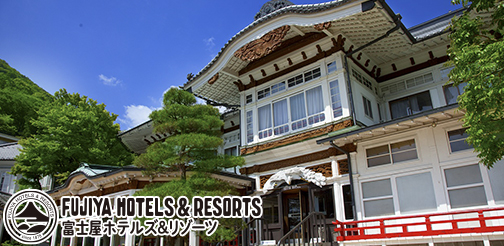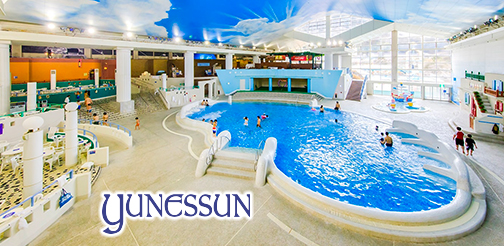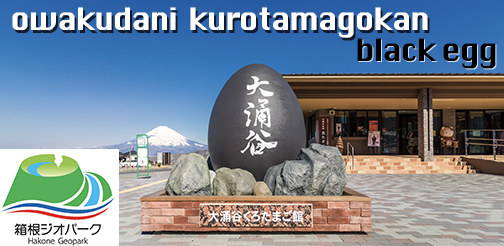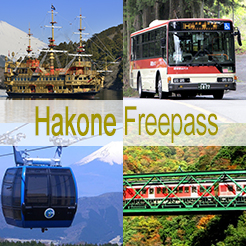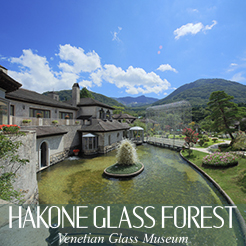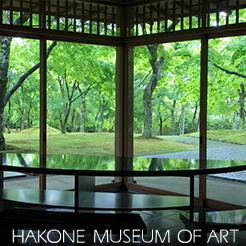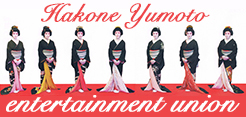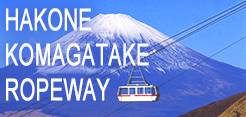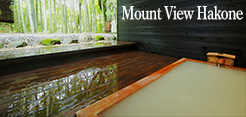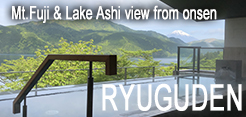The Hakone Sekisho
During the Edo period (1603-1868), the role of the barrier stations changed from that of a military fortress to that of a police station, inspecting travelers and their luggage as they traveled along the roads. In particular, it seems that they kept a close watch on the wives of daimyos (feudal lords) who were kept as hostages in Edo to ensure that they did not rebel against the shogunate by fleeing back to their homeland, and to prevent large quantities of weapons from being brought into Edo without permission. This was generally referred to as a policy to prevent “entering guns and leaving women,” and this monitoring was considered to be an important role of the barrier stations. However, this was not limited to the wives of feudal lords, but also extended to women of the common people, restricting the travel of women themselves. In addition, not all of the 53 kansho (customs posts) set up across the country enforced the “entry guns and exit women” policy, and each of them had their own way of enforcing it. Hakone Sekisho is an important historical site in the history of transportation in the Edo period. Using the techniques and tools of the artisans of the time, the Hakone barrier has been restored to its former glory on the shores of Lake Ashi after a lapse of 140 years. The dignified appearance of the barrier, painted in black ink, makes a traveller nervous just as it did in the Edo period. With a view of Lake Ashinoko in the foreground and Mount Byobu in the background, it is the gateway to travel in Hakone and Ashinoko.
Hakone Sekisho Today
In 2007, the Hakone-Sekisho, which was established by the Tokugawa Shogunate (1603-1858) on the Tokaido Highway, was “completely restored” to as it was in the late Edo period. The Hakone Sekisho was a large guardhouse where travelers passing through the barrier were subjected to strict control. The Kamiban resting place and Ashigaru guardhouse, where the officials of the barrier stations lived their daily lives, give a glimpse of life in the Edo period. The jail, where people who violated the strict rules of travel were detained. The Tohmi guardhouse watches over Lake Ashinoko from a hill. At Hakone Sekisho, you can learn and enjoy the Edo period from various perspectives. Hakone-Sekisho is the only one in Japan that has been completely restored to its original state. Based on detailed historical documents from the large-scale renovation work done at the end of the Edo period, it was extensively renovated (completely restored) in 2007! Stepping into the Hakone Sekisho, while walking along the old Tokaido highway as if you were a traveler in the Edo period, will take you to the world of the Edo period…!


